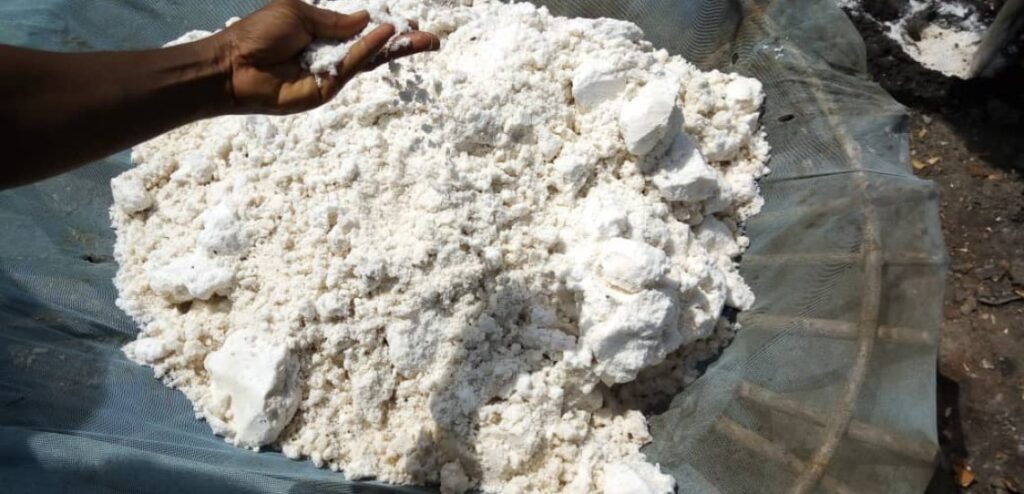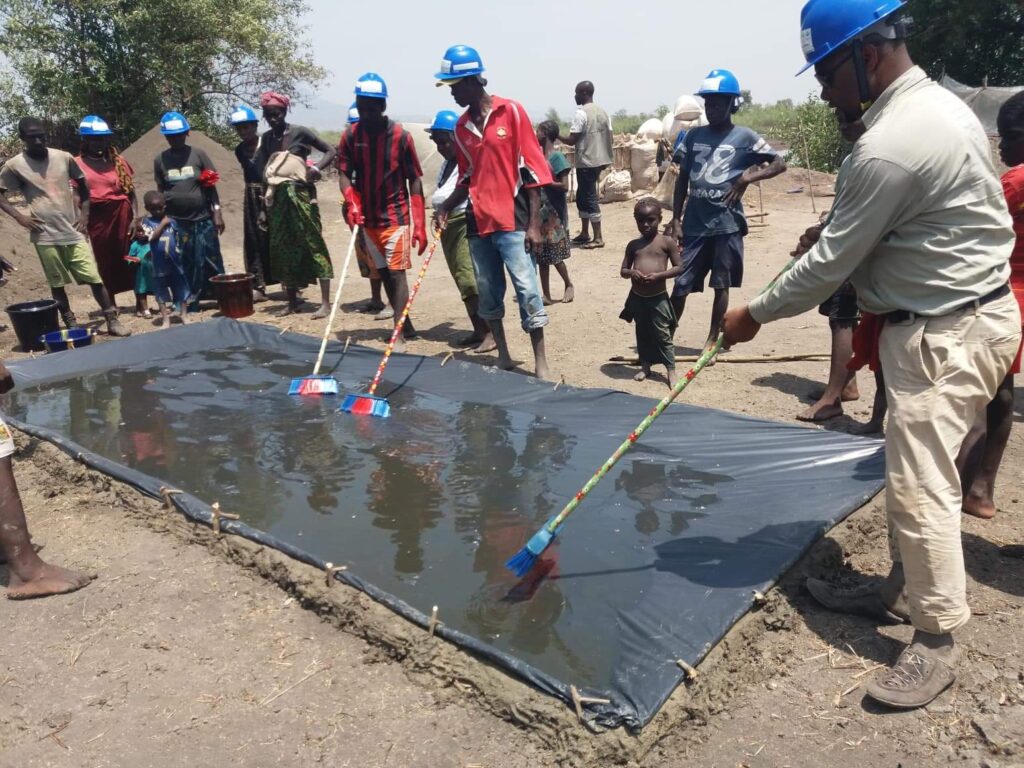How is new ‘solar salt’ technology saving Guinean mangroves?

In Dubréka, Guinea, salt production used to involve cutting down mangroves to burn as fuelwood. Now, a new project is using solar technology to extract salt in a safer, more sustainable way that is already allowing mangroves to regrow.
By Francois Kamano
This article is a CEPF project spotlight
The 38,000 hectares of mangroves in Guinea’s Dubréka prefecture are seriously threatened by salt extraction and sand mining, which are the main sources of income for nearby communities. The mangroves are being cleared to make way for mines or cut down as fuelwood for the salt extraction process.
Now, a new project is working to protect the wetlands by educating salt producers, most of whom are women, on how to extract salt from the mangroves sustainably. New technology enables the production of salt using sunlight and tarpaulins instead of fuelwood. With financial support from the Critical Ecosystem Partnership Fund and local nonprofit organization Developpement Pour Tous (DPT), working in partnership with Fondation Agir Pour l’Afrique (FAPA), this technique not only protects the mangroves but eliminates the safety risks that come with harvesting fuelwood.

“Look at my hands and my complexion. I used to be bright and beautiful but, because I have to go every day into the bush looking for fuelwood … I come back with injuries from my own machete,” said project participant Mayinou Soumah. “Since we have started producing our salt with sunlight, I feel very happy.”
To date, the project has allowed the natural regeneration of 13.5 hectares of mangroves and has created sustainable livelihoods for 47 people. DPT is currently helping the local women’s group become fully incorporated as a registered business.
CEPF is a joint initiative of l’Agence Française de Développement, Conservation International, the European Union, the Global Environment Facility, the Government of Japan, and the World Bank.


